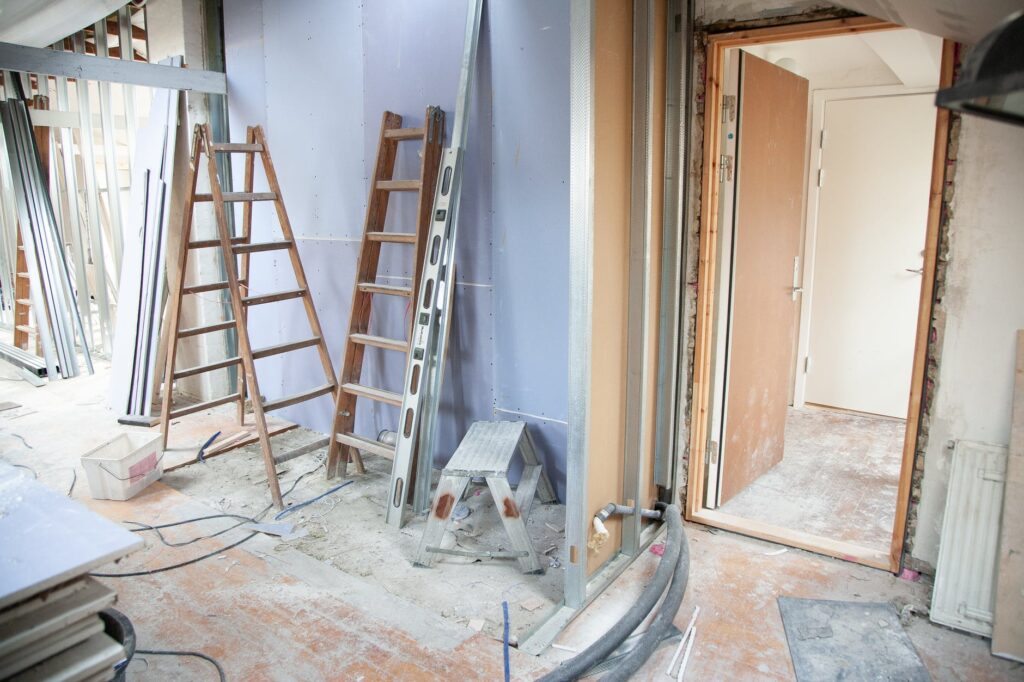Painting is one of the cheapest ways to upgrade your home’s appeal without much effort. However, before you start repainting your home, there are a few things you should know to ensure impactful results.
1. Prep Your Walls
Painting over dirty or oily surfaces can make the paint easily chip and peel off. Regardless of whether it’s visible, you should clean your walls to eliminate dust, oil, and debris on the surface. Before you start painting, clean the walls with a heavy-duty cleaner or deglosser for pre-paint preparation. Cleaning the walls will make the paint stick better and give you the desired results. If there are any cracks or holes on the walls, make sure you seal them with spackling.
It’s also important to tape off window trims, electrical outlets, and switches. Spills are likely to occur during the paint job, and it’s easier to avoid the mess than clean the paint off your floor. When necessary, use newspapers or drop cloth to cover the floor before starting the paint job.
2. Use a Consistent Painting Technique
Professional Santa Fe Painters often use a specific technique and order when painting a house. Ideally, you should first paint the trim, followed by the ceiling and the walls. It takes less effort to tape the trim than tape the walls, thus eliminating the need to tape both surfaces simultaneously.
When you follow this order, you won’t have to worry about drips and splashes when painting the trim. Instead, you focus on achieving a smooth and granular finish on the trim. If the paint drips down to the walls, you can cover it when working on the walls. Once the trim is dry, you can tape it off and proceed to the ceiling.
3. Prime the Walls
Fresh paint on walls often looks blotchy, and though the color appears uniform, the sheen may be inconsistent. This appears in areas with holes or cracks that you filled with drywall compounds or filler. Typically, porous filler absorbs paint hence dulling the surface leading to flashing.
When light shines on the wall, the dull patches stick out. Similarly, the smooth areas contrast the bumpy texture. You can apply a primer to eliminate the texture differences and flashing. Primers work by sealing the patches to ensure the paint doesn’t get absorbed in the wall. You should prime with a roller and feather the edges to match the overall texture of your walls. In addition, ensure you’re using the correct nap thickness to maintain an even wall texture.
4. Check the Weather
The prevailing weather also affects how the paint adheres to the surface. Painting experts suggest that you shouldn’t repaint your home if the weather is generally foggy and temperatures are below 50 degrees. You should also consider rescheduling if the forecast calls for heavy rain.
Endnote
Understanding how to properly paint your home can prove invaluable for homeowners seeking to upgrade their homes. With adequate prepping and priming, you can achieve spectacular results and enhance the aesthetics of your home.

